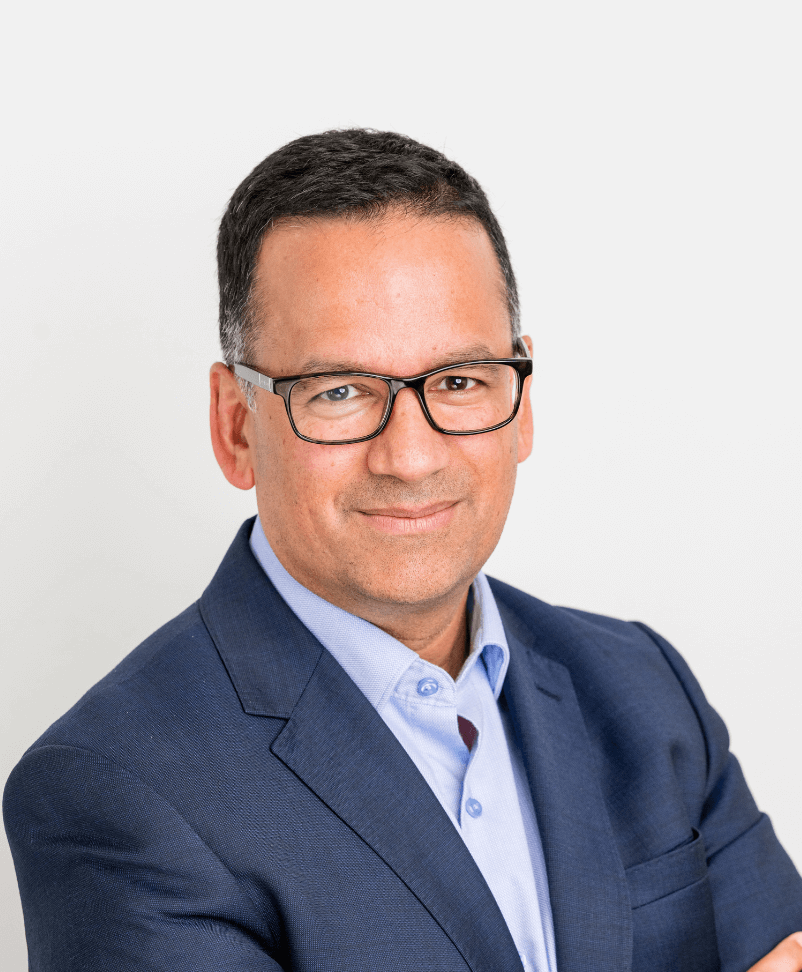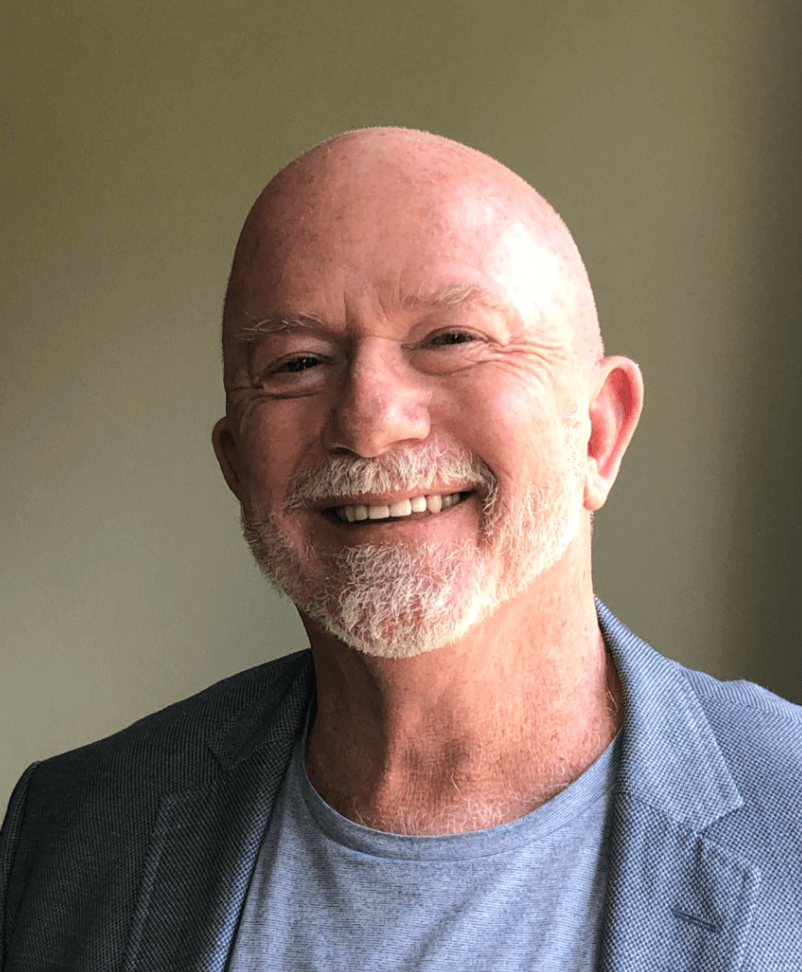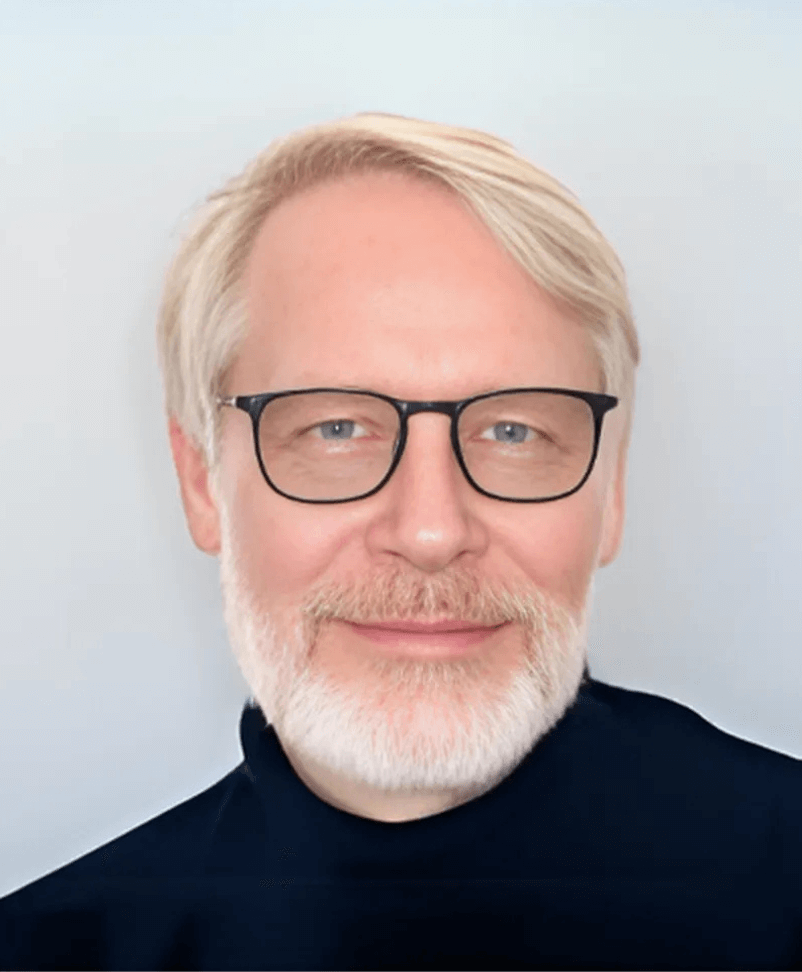Executive presence in 2025 is one of the most-requested coaching topics among leaders today, yet one of the hardest to pin down. Executive presence has long been associated with qualities like gravitas, confidence, and clarity. But as leadership contexts become more complex and unpredictable, what defines executive presence is shifting. So too is the way it’s developed.
Despite its vagueness, the demand hasn’t waned. In SMG’s 2025 pulse survey of its coaching faculty, executive presence and impact received an average rating of 4.6 out of 5 in importance. Over the past five years, executive presence has remained one of the six most common focus areas for over 1,500 Australian leaders we have coached and mentored, as detailed in our recent white paper.
To explore why this capability still matters, and how to help leaders develop it, SMG recently brought its coaching and mentoring faculty together for a focused discussion. What surfaced was clear: executive presence may still be hard to define, but it remains essential. In 2025, it’s not about performance. It’s about impact, energy, and influence in the moments that matter most.
What clients are really asking for
When leaders say, “I want to work on my executive presence,” what do they actually mean?
It’s rarely about image. More often, it’s about influence. Leaders want to walk into a boardroom and be taken seriously. To speak with clarity, be heard, and hold attention. To project confidence under pressure. To lead in a way that others lean into.
In SMG’s 2025 pulse survey of its coaching faculty, coaches identified the top eight challenges leaders face, labelled as executive presence gaps:
- Struggling to influence senior stakeholders
- Lack of clarity or conciseness when presenting ideas
- Difficulty projecting confidence in high-stakes situations
- Limited ‘leadership presence’ in meetings
- Ineffective use of storytelling or narrative to inspire
- Struggling with self-doubt or imposter syndrome
- Struggling to balance authority with approachability
- Emotional regulation, inconsistent tone, or inability to read the room
As one coach put it: “People come into coaching asking for presence, but they don’t know what this thing actually is.”
Another observed: “Presence is built in moments of visibility. Boardrooms, crises, key presentations. That’s when it either shows up, or it doesn’t.”
Leaders often assume presence is about charisma. But the most effective forms of presence aren’t about turning up the volume. They’re about tuning into what matters.
Executive presence is relational, contextual, and emotional
SMG’s coaching faculty consistently reinforces that executive presence isn’t performative. It’s relational. It’s not just how you speak; it’s how others feel in your presence.
Executive presence is experienced emotionally, not just mentally. It’s the deliberate calm a leader brings in a moment of uncertainty. The clarity that cuts through complexity. The confidence that makes others feel safe to follow.
“It’s about confidence, but also comfort, for the leader and those around them.”
“It’s energy, clarity, and emotional regulation, but also language. Presence lives in how you frame your message in a way that resonates with your audience.”
SMG Executive Coach, Paul Goddard, adds another powerful dimension to the conversation: leaders with real presence aren’t “into themselves”, they are deeply interested in others.
“A person with genuine presence is curious,” Paul explains. “They take a real interest in the people they’re with. That curiosity changes the quality of connection and the level of influence they can have.”
Authenticity plays a crucial role, but not in a one-size-fits-all way. The leaders who demonstrate presence consistently are those who can adjust with intention while staying true to themselves.
“Authenticity isn’t one fixed thing. It’s knowing which version of you is right for the moment.”
From concept to capability: how presence gets built
Executive Coach Peter Kingston works with senior leaders facing high-stakes moments, including board appointments, external visibility, or transitions into C-suite roles. His approach starts with a simple question: How do you show up in the moments that matter most?
As Peter explains:
“The leaders I work with often come to coaching with a focus on meetings, how they interact with senior management, and how they represent their business to stakeholders. What I do is identify what I call leadership situations and look at how they operate in that context. Then I pinpoint strategies and adjustments to improve their leadership impact and influence.”
Peter’s philosophy is that presence is situational, observable, and coachable. He starts with three foundations:
- Breath – the source of vocal strength and composure
- Energy – the relational signal you send into the room
- Clarity of intention – knowing the impact you want to make
From there, he helps leaders build four key attributes:
- Grounded – upright, still, and owning your space
- Centred – breath powering voice, not anxiety
- Succinct – being heard and understood
- Energised – momentum, passion, and authenticity
Peter also works with leaders to lead with the body, using posture, breath, and presence to shift mindset and influence. Rather than overthinking the moment, leaders adopt an open, grounded physical stance that signals calm and confidence both to others and to themselves.
This approach links naturally to Patsy Rodenberg’s Three Circles of Effort, which he uses to help leaders calibrate their presence.
Rodenberg’s mantra is Use energy, not effort. Shift energies to suit the situation.
- First Circle: collapsed, drawing back, under inspired.
- Second Circle: connecting, present, intentional, generous.
- Third Circle: wired up, overworking, trying too hard.
Drawing back or trying too hard are defensive strategies. With generosity and a sense of trust, the energy level will be just right. Presence lives in the second circle.
Peter reminds clients to be purposeful with language and confident with silences.
And when it comes to clarity and message delivery, “Beware… jargon monoxide.”
In his coaching, Peter prompts clients to slow down, stop filling space unnecessarily, and trust that stillness and succinctness communicate confidence and build trust.
Leadership coaching for executive presence
SMG’s approach to developing executive presence isn’t built on theory or image. It’s grounded in how leaders show up, and how coaches help them build confidence, clarity, and credibility under pressure.
The coaching begins by making presence feel less abstract. One of the most practical frameworks still used across SMG is Senior Partner, Mehul Joshi’s Five Steps to Developing Executive Presence, published also in The Australian Financial Review, 2019:
- Self-reflect on the source of your confidence
- Think differently
- Analyse how you show up
- Train, practice and prepare
- Engage with energy
These steps form the foundation of how SMG helps leaders translate presence into action by combining reflection, experimentation, and performance practice.
Mindset shifts: reducing interference
In his work with senior executives, Mehul works with clients both from the “inside-out” and the “outside in”.
Working on the “inside out” involves helping clients go deeper by identifying what interferes with their presence in high-stakes moments.
“It’s rarely about lacking competence,” he says. “It’s about uncovering what gets in the way.”
Drawing from the Inner Game framework popularised by Tim Gallwey, Mehul focuses on helping clients reduce internal interference – the self-talk, assumptions, or emotional triggers that dilute impact or cause them to hold back.
This might involve exploring:
- What situations trigger presence lapses
- What narratives are activated (e.g. fear of judgment, discomfort with authority)
- How to reframe the environment or moment to unlock more natural confidence
One executive, for example, performed well in all contexts, except with the board. The root cause? A long-held tension around authority figures, traced back to childhood. Naming the interference helped the leader reframe his approach with the board, seeing it not as a test but as a structured conversation he could lead.
“Reframing is one of the most powerful tools,” Mehul explains, “That shift unlocks natural capability.”
In some cases, the quickest route to creating noticeable shifts is taking the “outside in” approach.
As Mehul explains, “It’s sometimes easier to behave your way into a new way of thinking than think your way into a new way of behaving”.
In-the-moment delivery: breathe, voice, presence
Clients consider Peter Kingston a master at his craft, employing an “outside in” approach. His delivery work focuses on how presence is communicated in the moment, through breath, pace, voice, and physical stillness.
“One of the most effective pieces of feedback I give clients,” says Peter, “is to use full stops. Breathe. Slow down. Let the message land.”
Peter helps leaders practise their delivery with intention. This might include adjusting their tone, pacing, and posture in real time, and learning to project confidence in digital or hybrid environments, where energy and clarity are often harder to convey.
In parallel, Paul Goddard brings a different dimension to developing presence – curiosity. In his view, leaders with real presence aren’t focused on projecting themselves; they are genuinely interested in others. They ask questions, listen intently, and show curiosity about the people and context around them.
This insight became central to Paul’s coaching after a chance encounter while he was acting in the production of a Sydney Theatre Company play. On opening night, he was introduced to an Academy Award–winning actor whose presence was undeniable – charismatic, confident, and full of energy. But what struck Paul most was her genuine interest in him. She asked about the production, his work with the director, and his experience in rehearsals. Her curiosity was real, and it shifted the interaction from polite conversation to genuine connection and presence.
Paul now weaves this into his “realplay” coaching; live, unscripted practice in real scenarios, helping leaders see how genuine curiosity transforms presence. For him, it’s a marker of whether a leader is truly present.
Alongside curiosity, Paul emphasises courage. The courage to name what’s happening in the moment, and the courage for leaders to hear it. He is known for helping leaders close the gap between intention and impact, especially in visible or emotionally charged environments.
Whether through realplay, message framing, or scenario practice, Paul helps leaders find presence not by adopting a new persona, but by becoming more aware of how they are showing up.
Together, these perspectives highlight SMG’s belief that leaders can build presence. With the right feedback, reflection, and support, presence becomes a leadership capability.
Executive presence is practised, not performed
What’s clear from SMG’s faculty is that executive presence isn’t reserved for the naturally charismatic or the most senior. It’s not about being louder, more polished, or more authoritative. It’s about learning to bring the right version of yourself to the moments that matter most and having the self-awareness and support to do it consistently.
SMG coaches know how to help leaders move from ambiguity to action. From presence as a concept to presence as a capability. And the results show up where it counts, in how leaders influence, connect, and lead under pressure.












